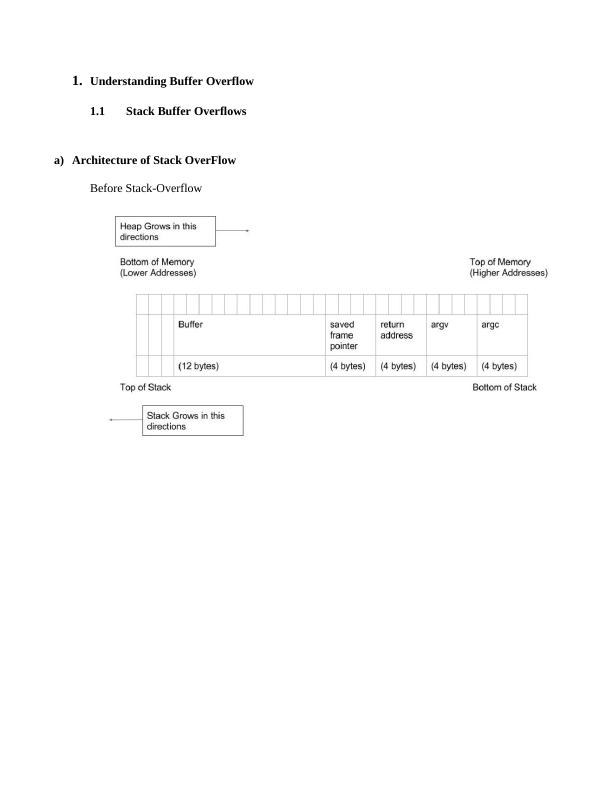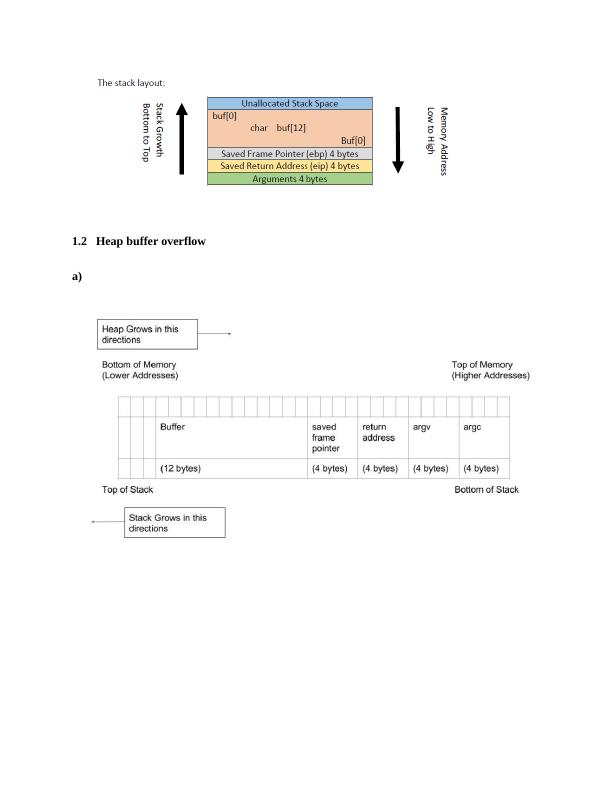Understanding Buffer Overflow: Stack and Heap Buffer Overflows, Exploiting Buffer Overflow, JOP and ROP
Added on 2023-06-07
11 Pages1080 Words283 Views
End of preview
Want to access all the pages? Upload your documents or become a member.
Common Errors in C Programming and How to Fix Them
|6
|1243
|342
Common Programming Errors and Security Measures
|9
|2871
|70
Secure Systems Programming
|13
|1507
|3
Secure Programming in C
|14
|2158
|367




